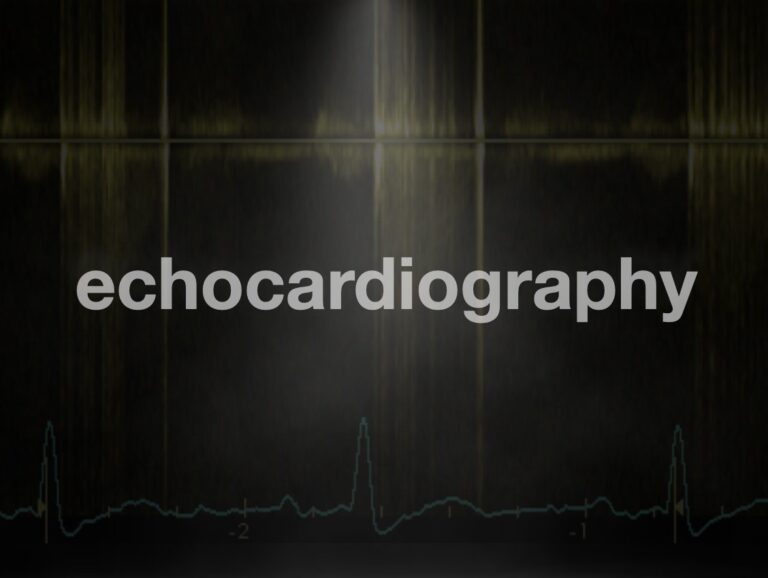
Echo basics: Key concepts
Echocardiography basics and the differences between 2D imaging, M-mode, pulsed wave Doppler, continuous wave Doppler, and tissue Doppler imaging.

Echocardiography basics and the differences between 2D imaging, M-mode, pulsed wave Doppler, continuous wave Doppler, and tissue Doppler imaging.

Understand and identify prosthetic valves. Learn what can go wrong with prosthetic valves; how to assess their function and examine transcatheter valves

Understand and identify the pulmonary valve. Learn how to identify and grade pulmonary regurgitation and quantify pulmonary stenosis. Basic management of pulmonary valve dysfunction.

Understand and identify the tricuspid valves. Learn how to identify and grade tricuspid regurgitation and quantify tricuspid stenosis. Basic management of tricuspid valve dysfunction.

Understand and identify aortic regurgitation. Learn how to identify and grade aortic regurgitation gradient using measurements and visual clues and quantify aortic regurgitation.

Understand and identify aortic stenosis. Learn how to measure an accurate aortic valve gradient and calculate the aortic valve area. Be able to diagnose low-flow states and paradoxical low flow

Echo basics: Aortic Valve. A normal aortic valve is trileaflet, with equally sized cusps that are supported by a fibrous annulus and separated by three commissures.

Echocardiography basics. Grading and quantifying mitral stenosis (MS) with planimetry, pulsed wave Doppler, PHT and Continuity Equation Method

Mitral regurgitation (MR) is a common pathology detected during echocardiography. Accurate identification and grading rely heavily on colour and spectral Doppler imaging across multiple standard views.

The mitral valve is a dominant structure in most standard echocardiographic views. Understanding its anatomy in each window is essential for accurate assessment.

Echocardiography and valve measurements. Comprehensive assessment requires measurements to be made from 2D images and the waveforms generated during Doppler investigations

Echocardiography and valve views. Overview of valve disease and parasternal, apical and subcostal valve views with the echo probe